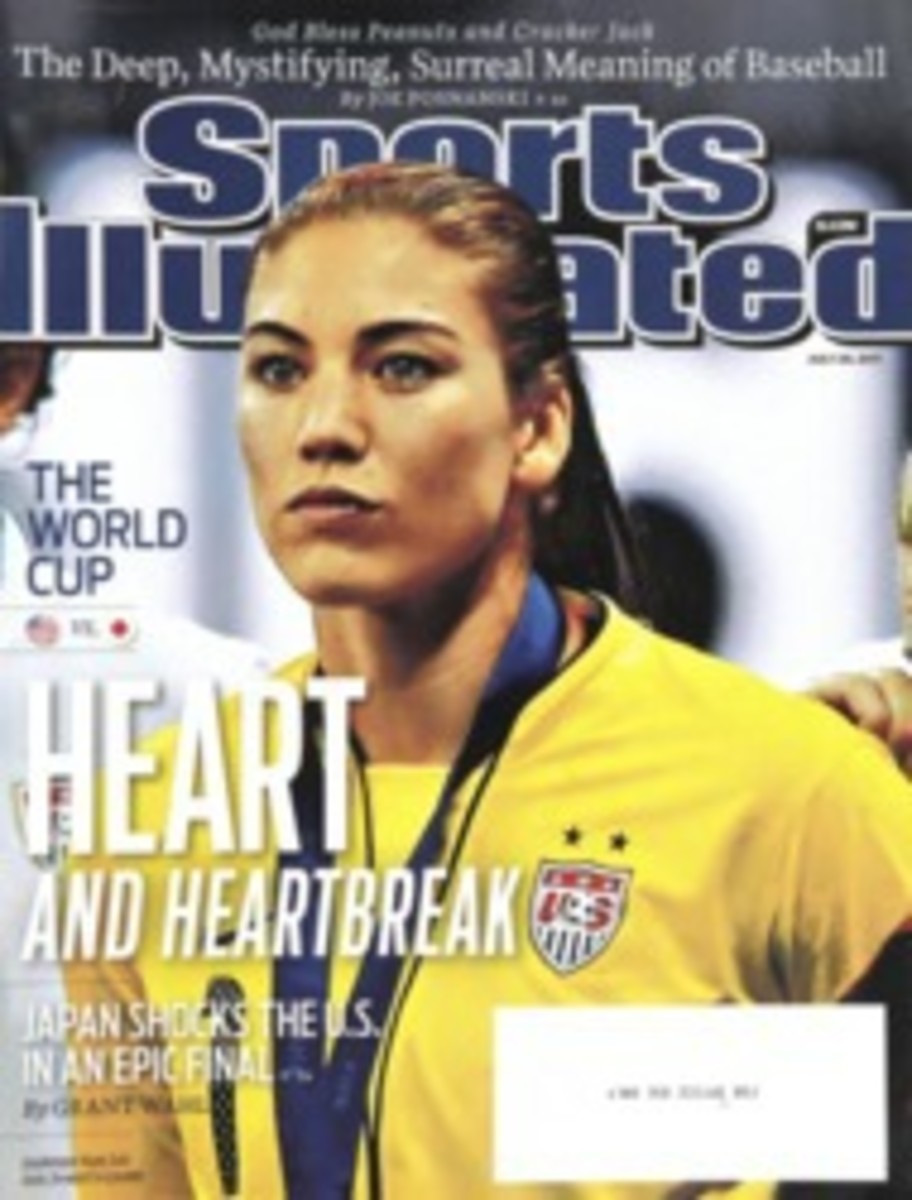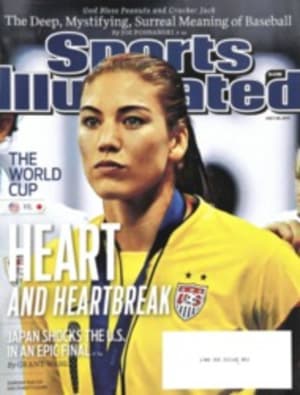
JUST LIKE HOME
Kansas City may be 4,500 miles and an ocean away from the linkslands of Europe, but thanks to Tom Watson, everyone from the Paris of the Plains is up-to-date when it comes to the British Open
Like most Kansas Citians, I'm an expert on barbecue, jazz and links golf. With one sniff I can differentiate between hickory-smoked and apple-smoked spareribs. From a single riff I can name Count Basie as the pianist on a 78-rpm recording of the Bennie Moten Orchestra. But to really get me going, you have only to ask how the gorse at England's Rye Golf Club compares with that of Scotland's Western Gailes Golf Club. I'll answer in a word or a treatise, as time allows.
There being no actual links courses in Kansas City, visitors express wonderment that our third-graders can rattle off the names of past British Open champions, including the underappreciated Andrew Strath (1865) and Mungo Park (1874). Touring our Negro Leagues Baseball Museum or the National World War I Museum, day-trippers are dazzled by guides who know that only eight holes at Girvan, on Scotland's Ayrshire coast, are true links holes.
"Kansas City may be far from the sea," I often say, "and our soil may be better suited for pottery than for golf. But we have something that no British or Irish town has. We have Tom Watson."
I have been saying this for nearly four decades, ever since our hometown hero beat Jack Newton in a playoff to win the 1975 Open at Carnoustie. I watched that triumph, as well as Watson's '77 victory at Turnberry, on a Zenith portable in a rental house in Kansas City's Crestwood neighborhood. Watson won three more claret jugs ('80, '82 and '83) as I watched on a Sony Trinitron box I bought for the shirtwaist house I was renovating in gentrified Hyde Park. I shared these latter victories with my golf-mad dad, Jack, who had moved back to Kansas City after a colorful stint behind the cash register of the University of Florida Golf Course.
Links golf, we learned from these telecasts, was played in front of rucksack-carrying spectators who stood on milk cartons and stepstools for a better view. The fairways were brown and bouncy, the greens bumpy, the bunkers deep and "revetted." To score well, the golfers had to "play below the wind," heed the advice of burr-accented caddies and stay out of the dreaded a) gorse, b) whin, c) heather, d) marram grass and e) R&A hospitality marquees.
When ABC's Jim McKay failed to satisfy, we opened The Kansas City Star for columnist Mike McKenzie's tournament coverage. McKenzie, an accomplished mimic, sweetened his Watson stories with fully realized Scottish dialects, rendering caddie Alfie Files's famous Duel in the Sun exhortation as "Ye got heem noo, Tam!" Reading McKenzie, we joined the jubilant mobs that closed around the boyish-looking Missourian as he strode up the final fairways at Muirfield ... at Royal Troon ... at Royal Birkdale.
Years of Open coverage inevitably changed us. Bagpipe renditions of Amazing Grace became common at Fourth of July picnics. Elvis impersonators trimmed their sideburns and tied sweaters around their necks to become Jean van de Velde. Succumbing to links lust, I quit playing bass in a folk-rock band and began covering golf for SPORTS ILLUSTRATED. This pleased my dad and made me Kansas City's go-to source for British Open coverage.
I established myself as a links aficionado by writing a lengthy profile on the Royal & Ancient Golf Club of St. Andrews and by single-handedly rediscovering Askernish Old, a long-lost Old Tom Morris links in the Hebrides. I followed with Ancestral Links, my book about Ireland's Carne Golf Links, which sold particularly well in the American heartland. When the Star's then columnist Joe Posnanski attended his first Open some years back—the so-called Car-nasty Open—I took him down the road and gave him a tour of the auld grey toon from the Road Hole Bunker to the cathedral graveyard, where the Morrises lie two. Joe, of course, now writes for this magazine and for our sister publication, GOLF MAGAZINE.
Watson, meanwhile, has kept the Kansas City links tradition alive with three Senior British Open victories, capped by his astonishing Open performance at Turnberry '09, where, at the ripe age of 59, he had a putt on the final hole for a record sixth claret jug. Hearts sank at home when Tom's putt wobbled and missed, but we got over the loss as Kansas Citians do—with whisky and burnt ends.
Does anyone doubt that our man is the greatest links golfer of all time? Watson proved his mettle in the nettle again last week, surviving a 36-hole cut that claimed world No. 1 Luke Donald and second-ranked Lee Westwood, and finishing 22nd. Watson aced the par-3 6th in second-round sunshine, setting off a dune-top celebration. (BBC voice: "Don't they just love Tom Watson here in the U.K.?") Still smiling in Saturday's horizontal rain, he scrambled to a 72 with shots that never flew higher than a heifer's hindquarters.
"That's links golf," Watson said afterward. "You study the ground and search for an avenue to the hole, and if you're good enough—or just lucky—you get your reward."
The British reporters scribbled frantically and flipped the pages of their notebooks. I simply tapped my ballpoint on my thigh and waited for the next question. It's a Kansas City thing.
Now on GOLF.com
For fresh insights and opinions from SI Golf Group writers, go to GOLF.com/confidential
PHOTO
Photograph by OWEN HUMPHREYS/PA PHOTOS/LANDOV
ROYAL TREATMENT A five-time Open champion who just missed a record number six in 2009, Watson came in 22nd at St. George's, 11 strokes behind winner Darren Clarke.
PHOTO
STUART FRANKLIN/GETTY IMAGES
ACE HIGH Watson thrilled his legions of British fans when he made a hole in one at the 6th during the second round.

